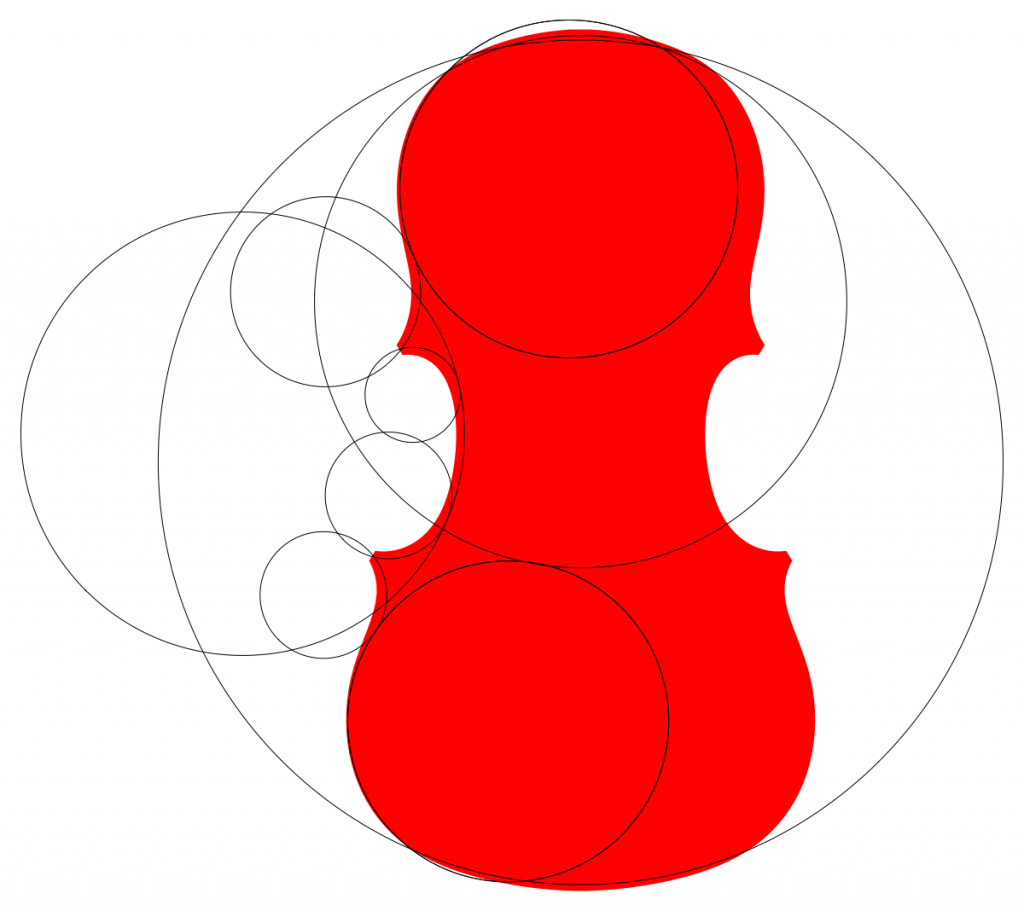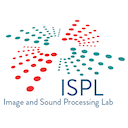The question of which is the best geometry for a violin is still open in the instrument-making field. In our activity as researchers of the Musical Acoustic Lab of the Politecnico di Milano, located in the prestigious Violin Museum of Cremona, Italy, we are often asked about the “secrets” of Stradivarius. The craft of violin making, in fact, is often perceived as veiled with mystique, and it is not clear why Guarneris have one shape and Stradivaris has another, which is the best outline to obtain a given vibrational feature or how a shape change affects the final response of the instrument.
Our current goal is to shed light on these aspects and develop a methodology that scientists and luthiers can use together to optimize the shape of the violin under given constraints. As a first step in understanding this, we focus on the vibrational response of free violin top plates, but our studies can easily be extended to the whole instrument. The developed method allows us to discuss how the modal response of a violin plate changes as its shape varies and, vice versa, to optimize its geometry depending on the response we want to obtain.
Starting from the 3D scan of the top plate of a historic violin, we build a parametric model that controls its shape. The parameterization that we define is meaningful to a luthier, so that we believe our findings can have a relevant impact on the violin-making community. Furthermore, for the first time to our knowledge, we show that machine learning can be successfully applied to traditional violin making. This could indeed be a game-changer for this field, as not only will it help luthiers do better than the greatest “masters” of the past, but it will also help them explore the potential of new designs and materials.
Research outcomes:
- Design of a parameterized model of a violin top plate
- Introduction of machine learning in the violin making field
- Optimization of the top plate geometry based on the vibrational response we want to obtain from it


References:
- Eigenfrequency optimisation of free violin plates – https://asa.scitation.org/doi/abs/10.1121/10.0003599
- A Data-Driven Approach to Violin Making – https://arxiv.org/abs/2102.04254
- Parametric Optimization of Violin Top Plates using Machine Learning – https://arxiv.org/abs/2102.07133










